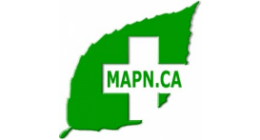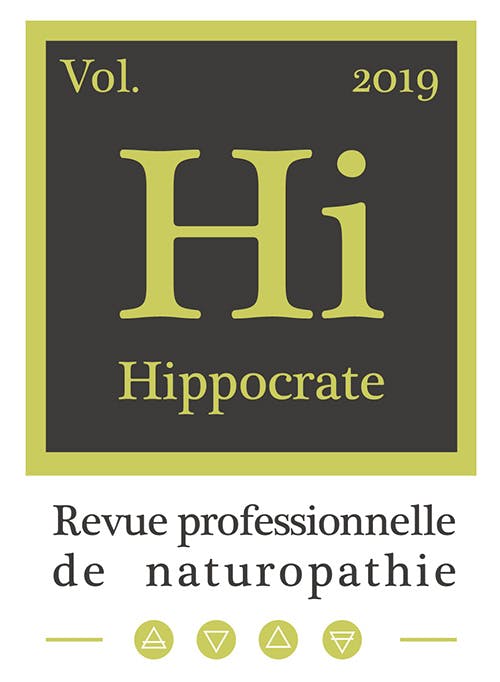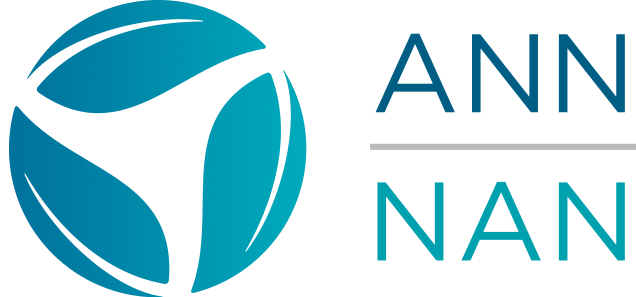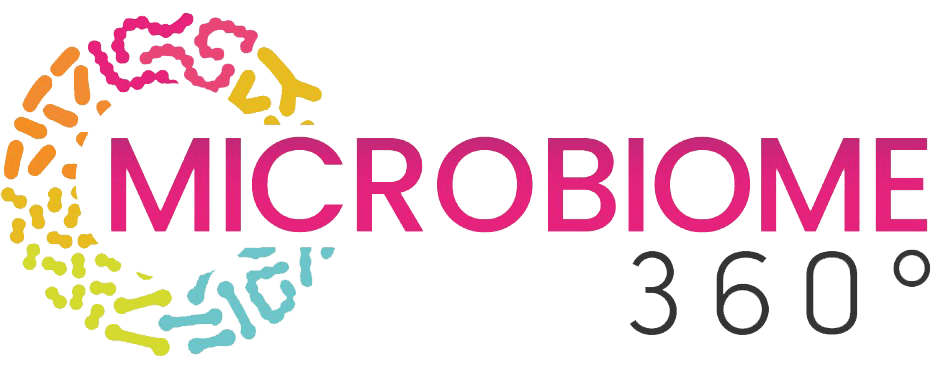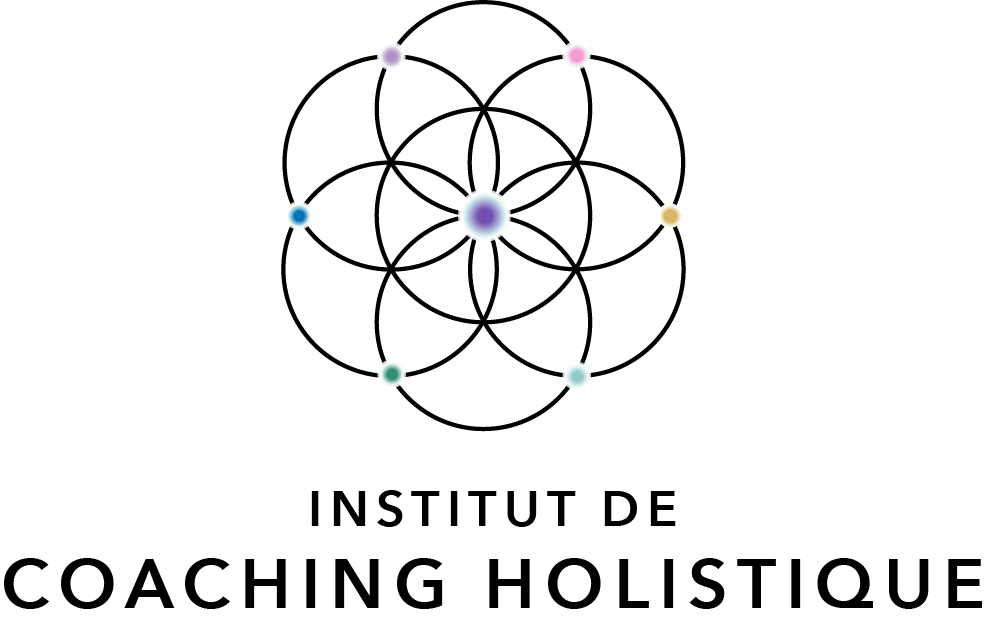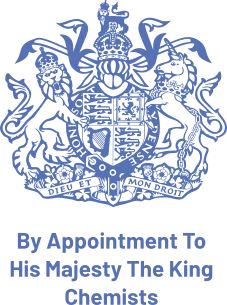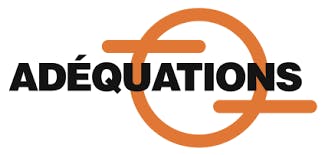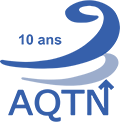Anatomy and Pathophysiology II
The core subjects are intended for individuals with little scientific, medical, or paramedical training, and who need to know the essential basics in anatomy, physiology, pathologies, and etiological principles.
To fully grasp the material, students should take the necessary time to study one chapter at a time, alongside other program courses. This Anatomy and Pathophysiology II course is the second in a series of three courses in this discipline. It may be exempted for doctors, nurses, and other healthcare professionals upon presentation of supporting documentation.

Included teaching methods:
- E-Learning training: an interactive, motivating, and effective learning method.
- Printable course booklets
- Online exams
- Access to the student centre
- Videos and virtual library.
Course Content Description
Student Guide
Teaching method and instructions
- How to use your E-learning platform
- Your learning materials and tools
- Your PDF course manual*
- Clinical Case Studies (ECC)
- Your study time
- Program deadlines and duration
- Quizzes
- Assessments
- Professional and personal status
- Course objectives and overview
- References
- Start your studies
- Plan your study schedule
Chapter 1
The digestive system
- Introduction
- Definition
- General characteristics
- Accessory organs
- The digestive process
- Basic functional concepts
- Digestive organs
- The mouth
- The pharynx
- The esophagus
- The stomach
- The small intestine
- The large intestine
- The liver
- The gallbladder
- The spleen
- The pancreas
- Salivary glands
- The omentum
- Digestion and absorption
- Carbohydrate digestion
- Digestion and absorption of proteins
- Digestion and absorption of lipids
- Absorption of vitamins
- Absorption of water and salts
- Summary of digestive molecule absorption
- Obesity
- History
- Mechanisms
- Treatment
- Prevention
- Conclusion
- Knowledge review
- Activity 1
CHAPTER 2
The endocrine system
- Introduction
- Descriptive approach to the endocrine system
- 1) Hormone transport
- 2) Mechanism of hormonal action
- Main endocrine hormones
- 1) Pituitary gland
- 2) Hypothalamus
- 3) Thyroid gland
- 3 bis) Parathyroid glands
- 4) Adrenal glands
- 5) Pancreas
- 6) Gonads
- 7) Other endocrine glands
- Interactions-dysfunctions
- Conclusion
- Knowledge review
- Activity 2
CHAPTER 3
The nervous system
- Introduction
- Physiology of the nervous system
- I) INTRODUCTION
- II) ORGANIZATION OF THE NERVOUS SYSTEM
- III) COMPONENTS OF THE NERVOUS SYSTEM
- Action potential and nerve impulse
- I) BASIC ELECTRICAL CONCEPTS
- II) MEMBRANE POTENTIALS
- III) NERVE IMPULSES
- IV) SYNAPSES
- V) NEURONAL INTEGRATION
- The central nervous system
- I) INTRODUCTION
- II) THE BRAIN
- III) SPINAL CORD
- IV) INTEGRATION FUNCTIONS OF THE NERVOUS SYSTEM
- V) CLINICAL ASPECTS
- The peripheral nervous system
- I) INTRODUCTION
- II) CRANIAL NERVES
- III) SPINAL NERVES
- IV) CLINICAL ASPECTS
- a) Injuries and regeneration of peripheral nerves
- b) Neuritis
- c) Neuralgia
- d) Herpes zoster (shingles)
- V) AUTONOMIC NERVOUS SYSTEM
- a) Anatomy of the ANS
- b) Sympathetic system / parasympathetic system
- c) Functions of the ANS
- Stress
- Mechanisms and reactions
- Depression
- Conclusion
- Knowledge review
CHAPTER 4
The sensory organs
- Introduction
- Preliminary notes on optics
- The eyeball
- Optic pathways
- The sense of hearing and balance
- The hearing apparatus
- Mechanism of hearing
- Auditory pathways
- The sense of balance
- Sacs, ampullary crests, and vestibular pathways
- Disorders of vestibular function
- Chemical senses: taste and smell
- Taste
- Smell
- Interaction-dysfunctions
- Conclusion
- Knowledge review
- Activity 4
Answer Keys










